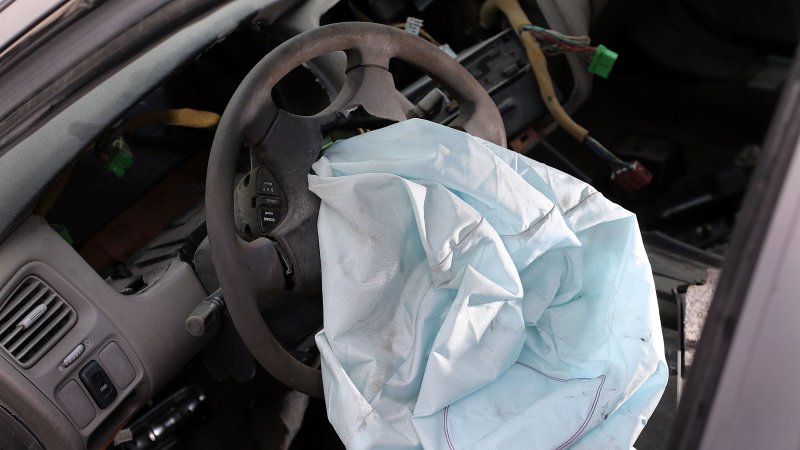This Is Why Takata Airbag Inflators Rupture And Explode

The use of ammonium nitrate as a propellant was highlighted as one of three causes for the ruptures and explosions that have killed at least 10 people.
The ITC also points fingers at the actual inflator assembly that contains the propellant, stating that it doesn't reliably keep out moisture when exposed to high-humidity environments. Those harsh weather conditions are cited as the third contributing factor to rupturing inflators. "You can't have the energetic disassembly without all three factors," Kelly said in a statement to Automotive News. "You have to have all three."
Four types of inflators were tested under the direction of the ITC. But that doesn't cover all of the units that have so far been recalled, many of which are being replaced with inflators that still use ammonium nitrate, albeit with revised chemical formulations. Questions about the safety of ammonium nitrate as a propellant still remain, and NHTSA has given Takata until 2019 to prove that its more recent propellant formulations are safe.
Put simply, expect to hear a lot more on the Takata issue in the coming months and years. There's still a bunch of testing to be done, and depending on the findings, the 25 million Takata-made inflators that have already been recalled may not be the last.
Related News


